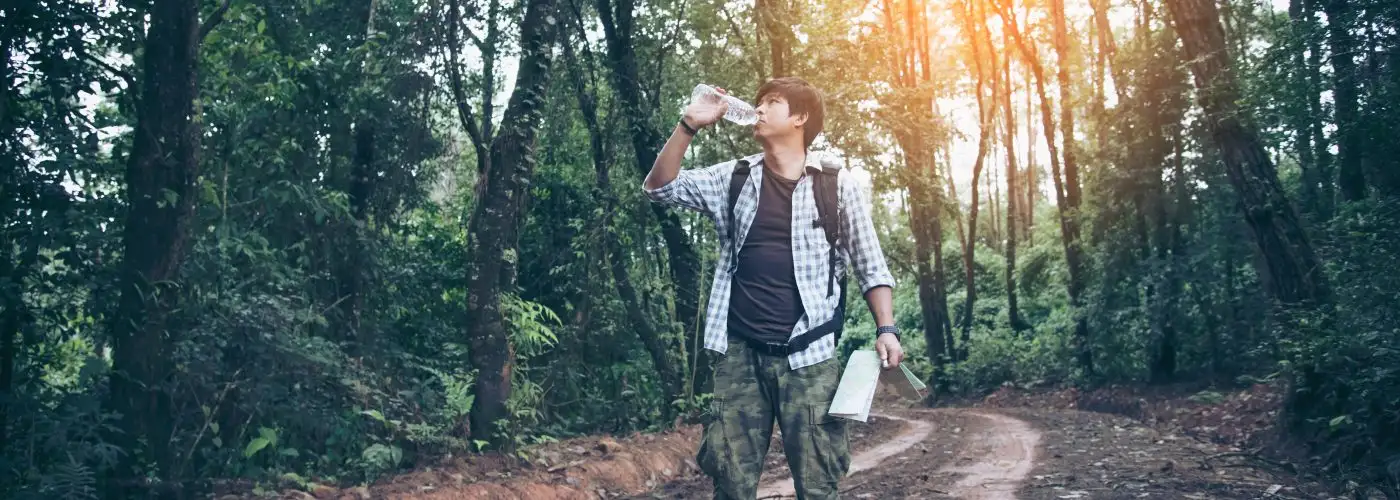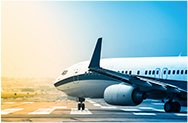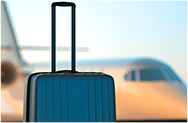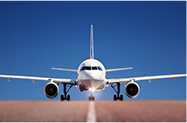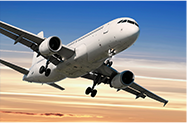Nothing ruins a good trip like getting sick — and we’re not talking about a few extra bathroom stops. Contaminated drinking water is one of the leading sources of health problems for travelers, and can cause anything from mild gastrointestinal distress to serious bacterial diseases.
The most common cause of water-borne illness is bacteria, such as E. coli, cholera and salmonella, but illness can also be caused by protozoa (including giardia and cryptosporidium), viruses (like hepatitis A, polio and rotavirus) and chemical pollutants.
In many cases, travelers become ill simply because the pathogens in the water are foreign to their immune systems, while locals have adapted to the water supply and can drink it without problems.
The best way to protect yourself is to avoid local tap water and instead seek out bottled water; when that’s not available, boiling tap water generally kills most micro-organisms, and there are a number of good water filters and purification tablets that can easily be stowed in your carry-on. Read on for tips on how to keep yourself safe drinking water on your next trip.
Know the Risks
Mexico is well known for its unsafe drinking water (Montezuma’s revenge, anyone?), but travelers also face high risk in Central America, most of Africa and Asia, and the Middle East. Drinking water is generally safest in developed areas of the world like the U.S., Canada, Australia, New Zealand, Northern and Western Europe, many parts of the Caribbean, and Japan.
Keep in mind that water quality may vary depending on where you are in a particular country. For example, in Costa Rica you’ll probably find safe tap water at a major city hotel, but you may have to boil water before drinking it if you’re staying in a small rural village. If you’re not sure, consult a reliable guidebook or do some internet research before you leave.
So-called developed countries aren’t necessarily risk-free; cryptosporidium outbreaks have appeared in the U.S. Midwest and Northwest, as well as in highly populated cities in Australia. Giardia has been found in the water supply in St. Petersburg, Russia. Check the Centers for Disease Control’s website to see region-specific health info.
Some cities may advertise their drinking water as being chlorinated, but this doesn’t necessarily mean that the water is contaminant-free. Your best approach when faced with potentially unsafe drinking water is avoidance.
What (Not) to Drink
Bottled water is generally safe, but only in sealed, tamper-proof containers. Ask someone at your hotel to recommend a reliable local brand.
In addition to bottled water, you’ll usually be safe drinking tea, coffee, canned soda and juice, beer, wine, and other alcoholic drinks.
Prolonged exposure to higher temperatures will kill many parasites. Drinking from a hot water bottle is slightly safer than drinking untreated cold water.
You don’t need to drink contaminated water to be exposed; always consider alternate sources of exposure, like the water you use to brush your teeth, or to wash your contact lenses or dentures. Be sure to use bottled, boiled or purified water for these purposes as well.
Freezing water does not kill bacteria. A margarita on the rocks may sound appealing, but ice cubes present the same problem that tap water does. You can make your own ice if you boil the water first.
Avoid food that may have been rinsed in contaminated water, such as salad and fresh fruit. For more info, see our article on food safety.
Drinking Water Purification Tactics
Boiling water is generally the most effective way to remove parasite contamination. Maintain a rolling boil for at least one minute (longer at higher altitudes, where the boiling point may be lower). Let the water cool itself slowly without adding ice. Allow any sediments and particles to settle before drinking, and then decant the water from the top into another container.
Commercially available iodine or chlorine tablets kill bacteria and viruses, but are ineffective against some protozoa (like cryptosporidium). Iodine is the more effective of the two solutions, but is not recommended for long-term use, especially by pregnant women or travelers with a history of thyroid problems. Potable Aqua, composed of the iodine compound tetraglycine hydroperiodide, is the most popular brand of water purification tablet. The company also offers chlorine dioxide tablets, which are effective against cryptosporidium as well as the other organisms killed by iodine. Read directions on all tablets systems for tablet-water ratios and dissolving times; 20 minutes or more may be required for the tablets to dissolve completely, especially in colder water.
If you do not have tablets, two drops of common chlorine bleach in a quart of water will help as a last resort.
Outdoor stores like Cabela’s carry water filters and purification systems. It is essential that the filter system you choose is suited to your needs. A filter with insufficiently small pore size, or one that is not designed to filter viruses, may permit some contaminants to get through. The most effective strategy is to buy a system that combines filtering with chemical purification — or make one yourself by using both a filter and an iodine treatment.
The SteriPEN uses ultraviolet light to kill bacteria, viruses and protozoa. It’s portable, effective and powered by AA lithium batteries, making it convenient to bring just about anywhere. The relatively steep price tag is worth it if you frequently visit areas with questionable water quality, particularly if you plan an extended stay. The device is designed for use only on clear water — particulates or discoloration can block UV light — so you may need to filter the water or let sediment settle to the bottom before using the SteriPEN.
For more tips on making water safe to drink, visit the CDC’s website.
What to Do if You Get Sick from Drinking Water
Symptoms of water-borne illness generally include diarrhea, vomiting, nausea, fever, aches and/or chills. These symptoms will usually clear up on their own after a few days; if they worsen or are very severe, seek medical attention. Otherwise, try to stay hydrated with sports drinks, boiled or bottled water, or other safe fluids (steer clear of alcohol and caffeinated beverages, both of which can make dehydration worse). Oral rehydration salts and anti-diarrheal medications may also be helpful. You can find more tips and remedies in our article on traveler’s tummy.
When to Damn the Torpedoes
If the locals are drinking the tap water without ill effect, there is no known occurrence of giardiasis, and you are going to be staying in one location for four weeks or more, you may want to drink the water to allow your body time to acquire some of the local microbes. Start slowly and let your body adapt.
More from SmarterTravel:
We hand-pick everything we recommend and select items through testing and reviews. Some products are sent to us free of charge with no incentive to offer a favorable review. We offer our unbiased opinions and do not accept compensation to review products. All items are in stock and prices are accurate at the time of publication. If you buy something through our links, we may earn a commission.
Related
Top Fares From
Today's Top Travel Deals
Brought to you by ShermansTravel
France: 8-Night Paris, Avignon & Nice...
Infinity Worldwide Vacations
 vacation
$2880+
vacation
$2880+
Poconos: 3 Nts in Garden of...
ResortsAndLodges.com
 hotel
$305+
hotel
$305+
7-Nt Canada & New England Cruise,...
Princess Cruises
 cruise
$839+
cruise
$839+
